Sameer Showkin Lone
“People scan newspapers and website to see his photographs. He is fast becoming the popular face of present armed resistance in Kashmir. For last five years Burhan has given sleepless nights to army and other counter militancy forces.”
A famous saying by Gerald Seymour “Someone’s terrorist is another man’s freedom fighter” sounds quite fit in a state like Jammu and Kashmir, where a new breed of freedom fighters have emerged to fight 68-year long occupation. From, Ashfaq Majeed Wani- the iconic face of armed struggle to this new phase of militancy to a new face Burhan Wani one thing has remained unchanged in Kashmir….the sentiment for Azadi…
This time it is not an 84-year old man whom Indian media proudly call a “terrorist” like Syed Ali Geelani or firebrand hurriyat leader Masrat Alam-also called the jailbird of Kashmir, but a 19-year old boy Burhan Wani- a new face of militancy in Kashmir. Burhan might be an “armed terrorist” for them, but for Kashmiris he is a freedom fighter, in the same fashion Shaheed Bhagat Singh was for Indians when he fought British.
Burhan was a lesser known militant in valley. It is not me or you but Army itself that made him a household name in a conflict torn state of J&K. Army in a “staged encounter” killed his brother Khalid Muzzafar Wani, a postgraduate in Economics on Monday (April 12, 2015).
Army claimed Khalid was an over ground worker and had gone to meet his militant brother in Kamla forests of volatile Tral area of South Kashmir. Tral is also known as the “Kandhar of Kashmir”. Army’s claim was widely rejected by family and the locals. His father said he was tortured to death because his body had no bullet marks. Newspaper reports also said Khalid’s body had torture marks-broken nose, broken teeth and other atrocities, making it ample clear that Khalid was tortured to death.
Khalid’s only fault was he was the brother of a most wanted militant. His killing has made Burhan a household name in Kashmir. Today, everybody wants to know who Burhan is. People scan newspapers and websites to see his photographs. He is fast becoming the popular face of present armed resistance in Kashmir. For last five years Burhan has given sleepless nights to army and other counter militancy forces.
Police and Army top officials put the present figures of militants between 300 to 500 who are active. In 1990’s the number was in thousands. The number might have decreased by a huge percentage but the sentiment is alive and is growing with every passing day. Not only unemployed educated youth but employed persons join the militant ranks.
1990’s militancy had produced some top icons and one among them was Ashaq Majeed. He was a top educated youth of his times, later a militant commander and also a founder member of Jammu Kashmir Liberation Front (JKLF). And today we see Burhan, a teenager from South Kashmir’s Tral emerging out the same way.
Ashfaq Majeed’s close friend and militant turned non-violent supporter of Kashmir struggle, the JKLF chairman Muhammad Yasin Malik also believes that if India didn’t shun its rigid approach, Kashmiris next generation will be forced to pick up the gun again.
The present militancy is different what it used to be in 1990’s. Today the world’s largest democracy has seven lakh troops making Kashmir the world’s highest militarized zone. Burhan along with other few hundred odd militants are giving them sleepless nights.
What forced Burhan to become a militant? It is reportedly another story of harassment, which today almost every Kashmiri youth witnesses. He was ruthlessly beaten by forces in 2010 and to take revenge he joined militants. Today we see Burhan the most wanted commander of Hizbul Mujahideen in Kashmir.
Kashmir has been an apple of discord between India and Pakistan since 1947 when both the countries achieved independence. As per the doctrine of the partition, J&K a Muslim majority state should have been a part of Pakistan, but that didn’t happen because of the political theories used at that time. And today Kashmir stands tall as a nuclear flash-point between two nuclear powers-India and Pakistan.

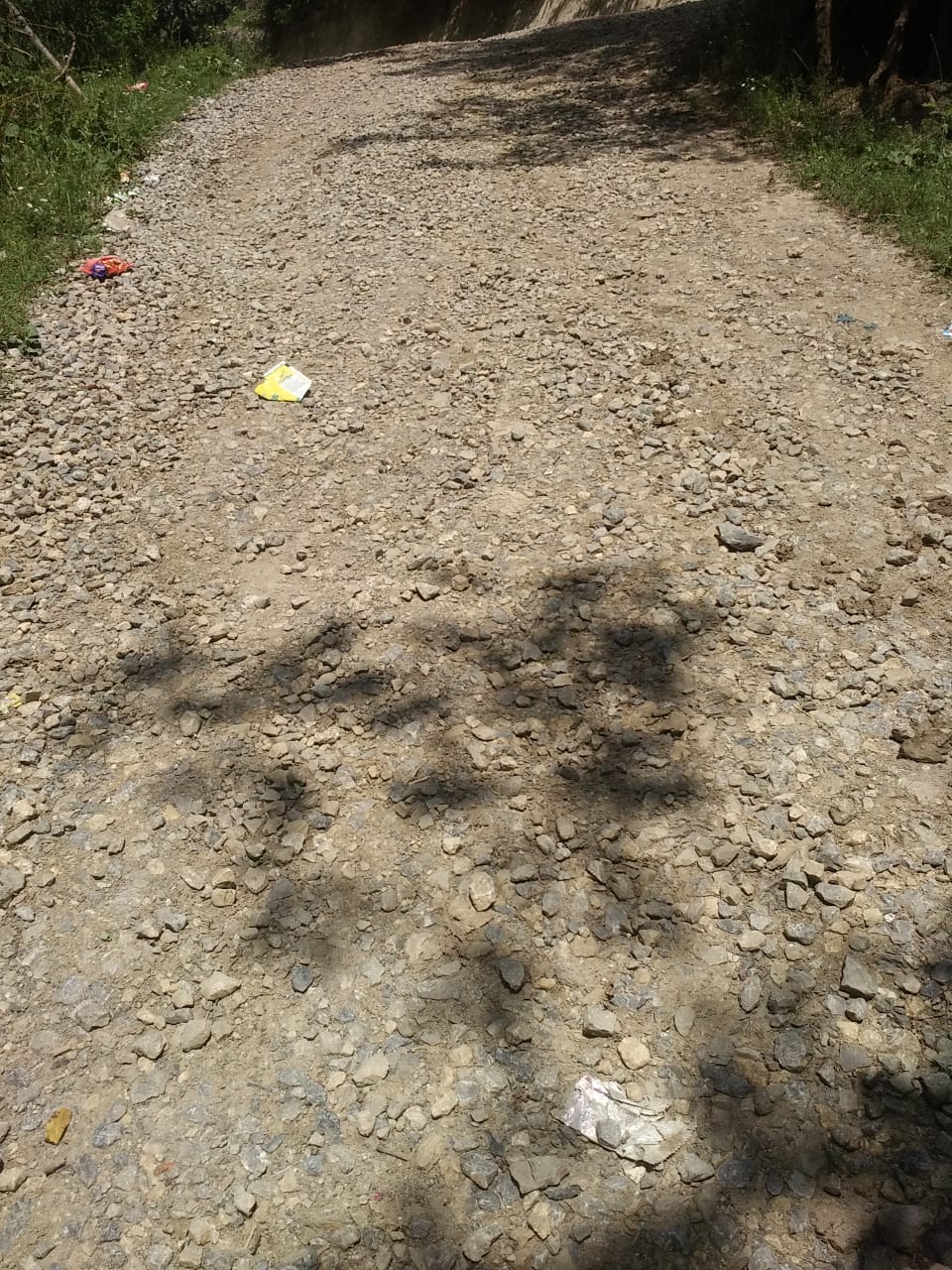
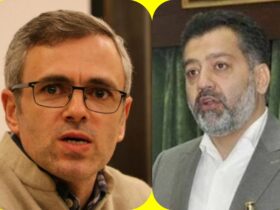
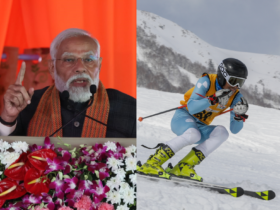

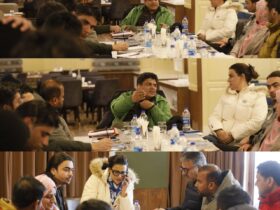

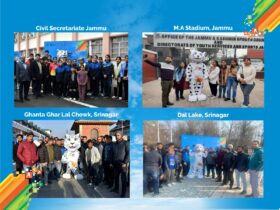
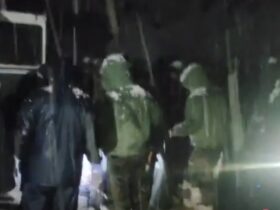
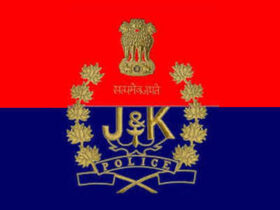
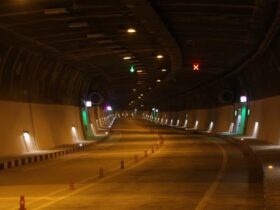

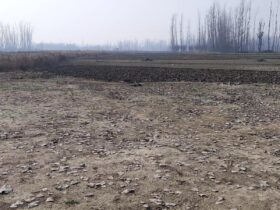
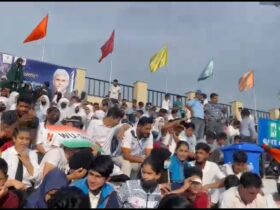

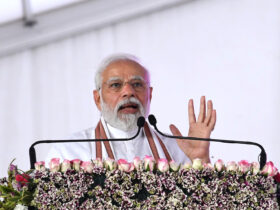
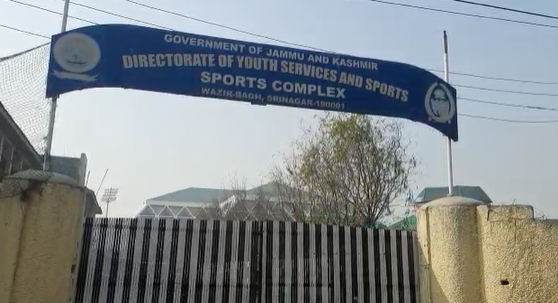
Leave a Reply